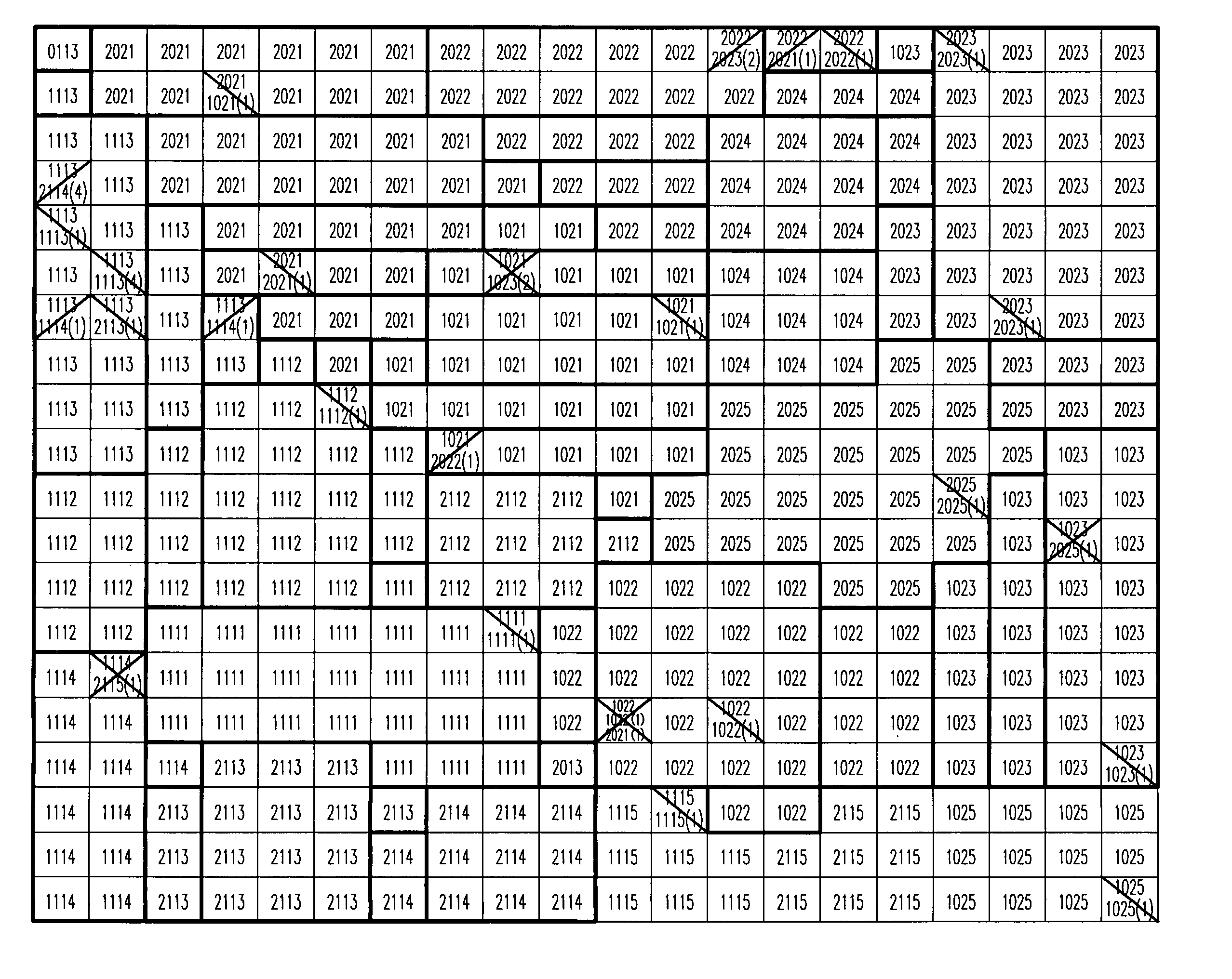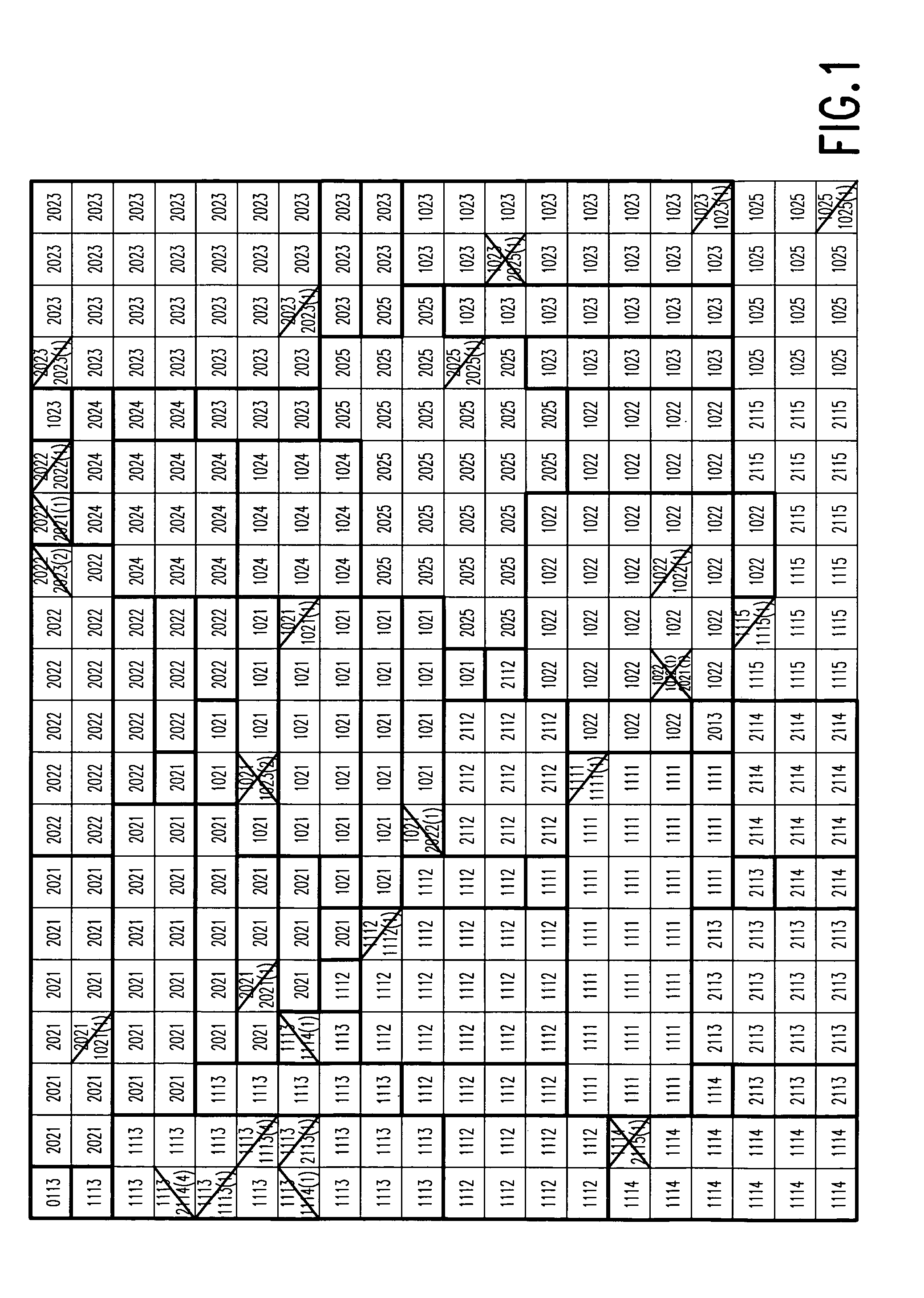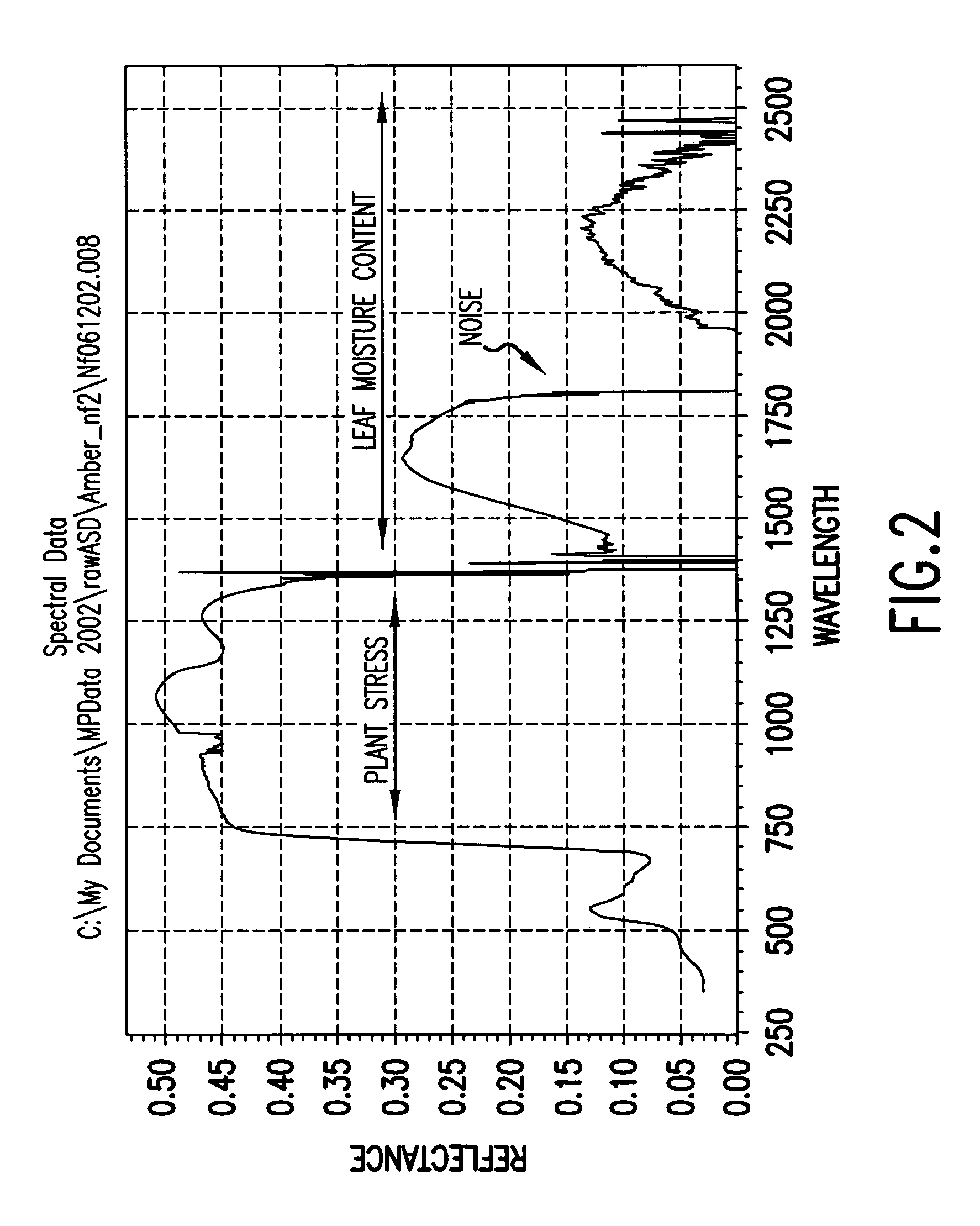Method for detecting and managing nematode population
a technology for nematodes and nematodes, applied in the field of plantparasites, can solve the problems of cotton crop loss, cost and time consumption, and the entire process is costly and time-consuming
- Summary
- Abstract
- Description
- Claims
- Application Information
AI Technical Summary
Benefits of technology
Problems solved by technology
Method used
Image
Examples
example 1
Microplot Study for the 2001 Growing Season
[0034]Microplots are fiberglass cylinders, which are 2′ long×2′ in diameter and inserted 18″ into the ground. Microplots are similar to large isolated pots in which nematode numbers can be critically controlled while subjecting the cotton plants to natural conditions.
[0035]Hyperspectral ground data, chlorophyll data, plant growth development data, nutrient data, temperature and humidity data were collected in the microplot study over eight separate dates during the 2001 growing season. Biweekly collection dates for the microplots were: 11 June, 19 June, 25 June, 10 July, 27 July, 06 August, 20 August, and 11 September. Microplot imagery was collected, but is not useful due to spatial resolution.
[0036]Canopy with soil, single leaf, and plant canopy spectral measurements and corresponding reniform nematode population levels were analyzed using the MHTK with SOMs. Water bands and bands containing electronic noise were removed prior to SOM anal...
example 2
Microplot Study for the 2002 Growing Season
[0040]The data collection procedures were followed as performed in the 2001 growing season. Beginning in April 2002, the fields were prepared for research that involved the following: soil nutrient analysis, application of recommended nutrients, planting of cotton, inoculation of microplots with reniform nematodes, sap flow meter preparation. Hyperspectral data collection began the last week of May for both the microplot study and production field study and continued until harvest. The microplots were sampled on the following dates: 28 May, 12 June, 25 June, 09 July, 23 July, 06 August, and 20 August.
[0041]Single leaf, plant canopy, and canopy with soil spectral measurements and corresponding reniform nematode population levels were analyzed using the MHTK with SOMs. Water bands and bands containing electronic noise were removed prior to SOM analysis. Two batches of SOMs were run for each target. The first batch concentrated on bands 451–94...
PUM
 Login to View More
Login to View More Abstract
Description
Claims
Application Information
 Login to View More
Login to View More - R&D
- Intellectual Property
- Life Sciences
- Materials
- Tech Scout
- Unparalleled Data Quality
- Higher Quality Content
- 60% Fewer Hallucinations
Browse by: Latest US Patents, China's latest patents, Technical Efficacy Thesaurus, Application Domain, Technology Topic, Popular Technical Reports.
© 2025 PatSnap. All rights reserved.Legal|Privacy policy|Modern Slavery Act Transparency Statement|Sitemap|About US| Contact US: help@patsnap.com



